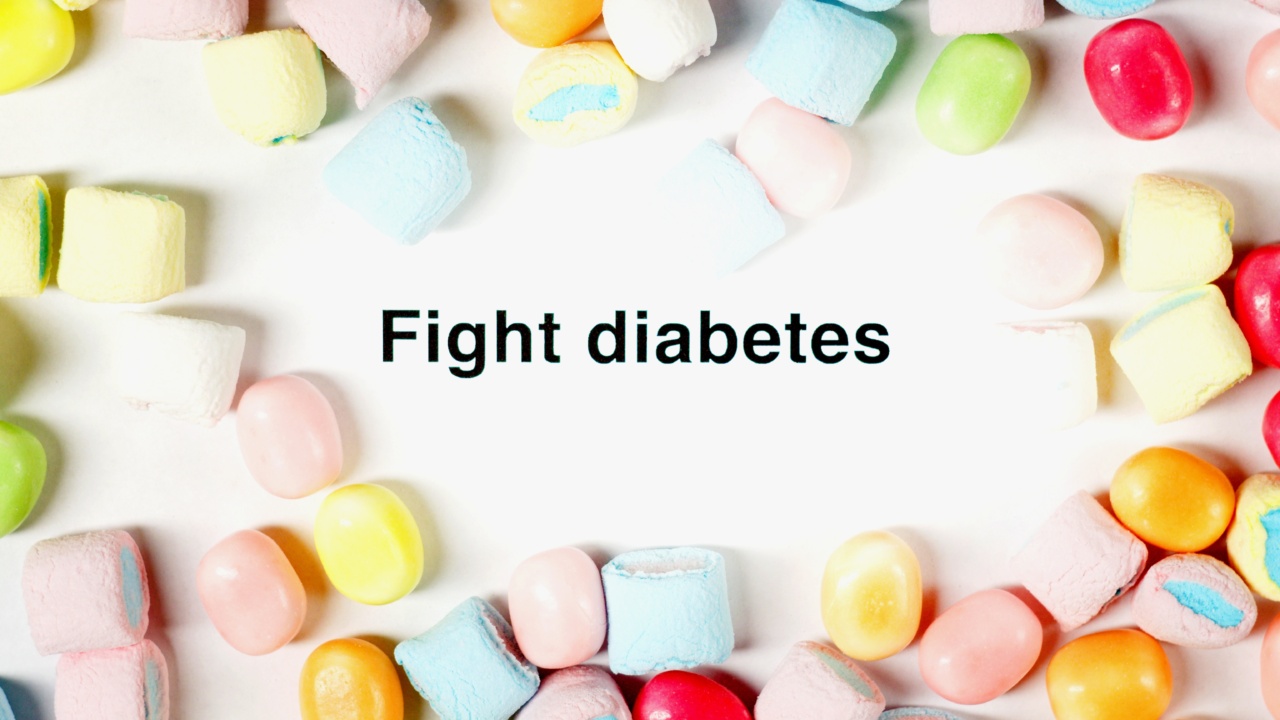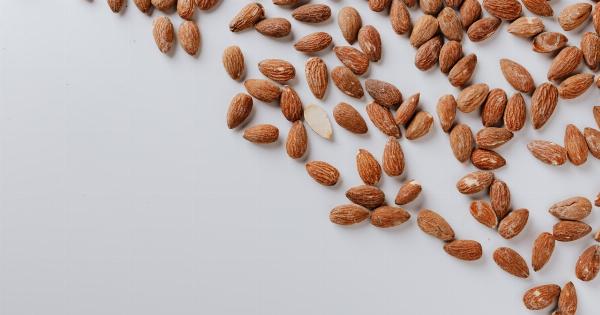Epilepsy is a neurological disorder characterized by repeated seizures, which are sudden, uncontrolled electrical disturbances in the brain. This condition can affect people of all ages, but it is most commonly diagnosed in children.
According to the Centers for Disease Control and Prevention (CDC), epilepsy affects around 470,000 children in the United States alone.
How is epilepsy treated?
The most common treatment for epilepsy is medication, which can help control seizures in many patients. However, medication is not always effective for all patients, and it can have serious side effects.
For these patients, non-medicinal treatments such as the ketogenic diet may be an option to consider.
What is the ketogenic diet and how does it work?
The ketogenic diet is a high-fat, low-carbohydrate, and adequate-protein diet that has been used to treat epilepsy since the 1920s. The diet is designed to mimic the effects of fasting, which has been known to reduce seizures in some patients.
In the ketogenic diet, the body is forced to burn fat for energy instead of carbohydrates, which produces ketones. These ketones are thought to help reduce seizures by stabilizing the neurons in the brain.
Who can benefit from the ketogenic diet?
The ketogenic diet is most effective for children with epilepsy who have not responded well to medication.
According to the Epilepsy Foundation, studies have shown that up to 50% of patients who follow the ketogenic diet experience a significant reduction in seizures, and up to 15% of patients may become seizure-free.
What foods are allowed on the ketogenic diet?
The ketogenic diet consists of high-fat foods such as butter, cream, and oils, moderate amounts of protein, and very low amounts of carbohydrates. Foods that are allowed on the diet include:.
- Meat, poultry, and fish
- Non-starchy vegetables such as spinach, kale, and broccoli
- Full-fat dairy products such as cheese and heavy cream
- Nuts and seeds
- Avocado and olive oil
What foods are not allowed on the ketogenic diet?
Foods that are not allowed on the ketogenic diet include:.
- Sugar and sweets
- Bread, pasta, and other grains
- Fruit
- Starchy vegetables such as potatoes and corn
- Processed foods and snacks
What are the potential side effects of the ketogenic diet?
Like any diet, the ketogenic diet can have side effects, especially in the first few weeks of starting the diet. These side effects may include:.
- Kidney stones
- Constipation
- Dehydration
- Low blood sugar
- High cholesterol
Who should not try the ketogenic diet?
The ketogenic diet is not suitable for everyone. Children who have a history of pancreatitis, liver or kidney disease, and certain metabolic disorders should not be put on this diet.
Additionally, pregnant or breastfeeding women and those taking certain medications should avoid the ketogenic diet.
Is the ketogenic diet sustainable?
The ketogenic diet can be difficult to sustain over the long term, as it requires strict adherence to a high-fat, low-carbohydrate diet. Additionally, it can be difficult for children to follow this diet, and it can be socially isolating.
Therefore, it is important for parents and caregivers to work closely with a healthcare professional and a registered dietitian to ensure that the child is getting all the necessary nutrients and to monitor any potential side effects.
Conclusion
The ketogenic diet is a non-medicinal treatment that can help reduce seizures in some children with epilepsy. However, it is not suitable for everyone and it can have potential side effects.
Parents and caregivers should work closely with healthcare professionals to decide if the ketogenic diet is a suitable treatment option for their child.



























